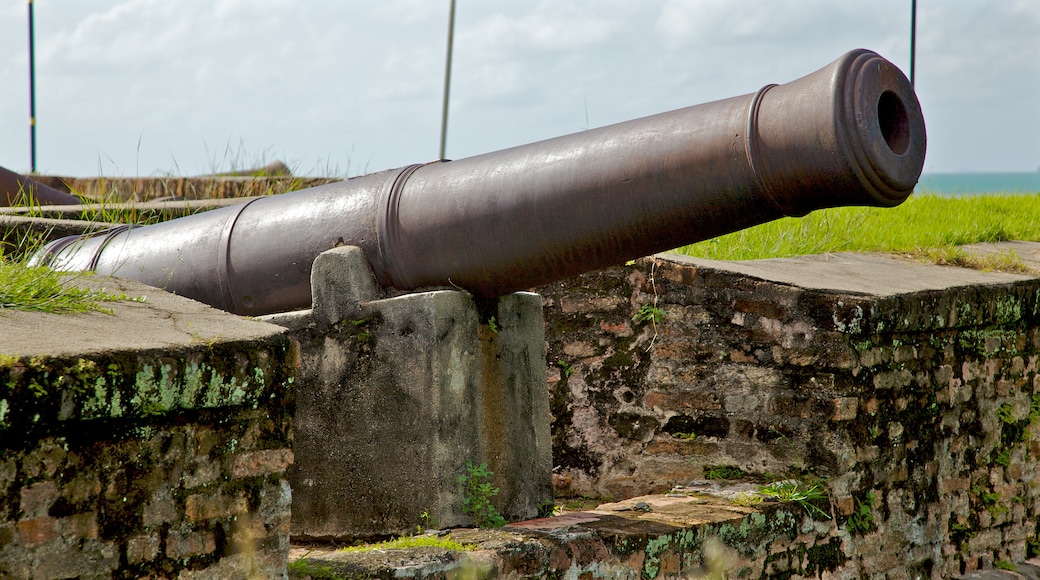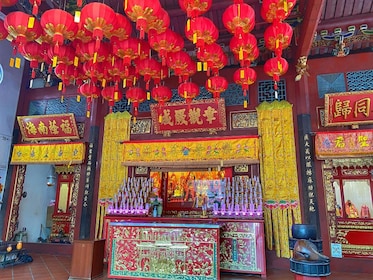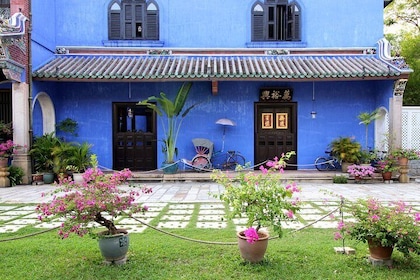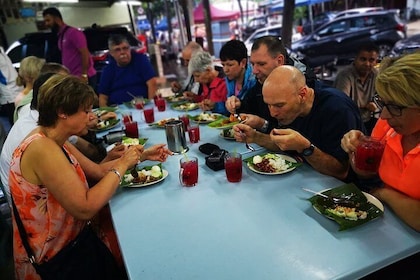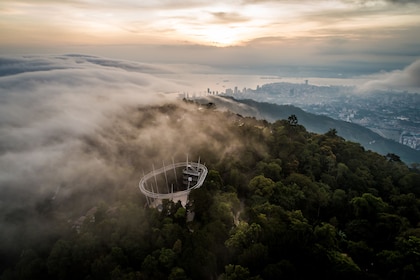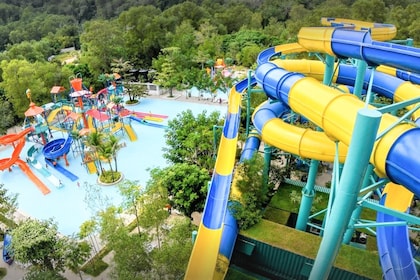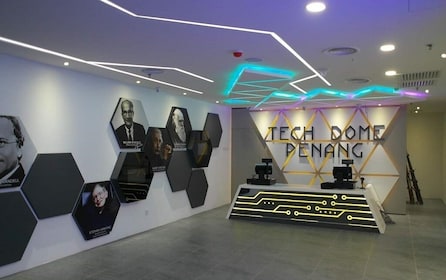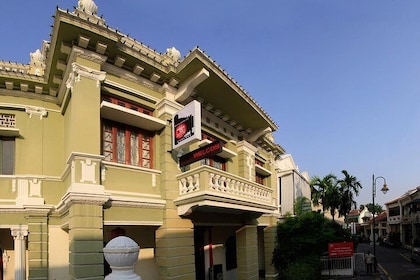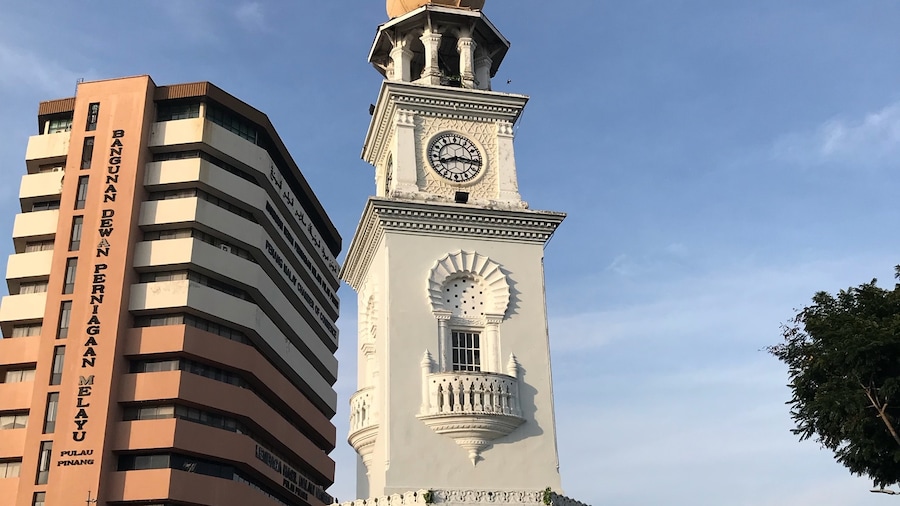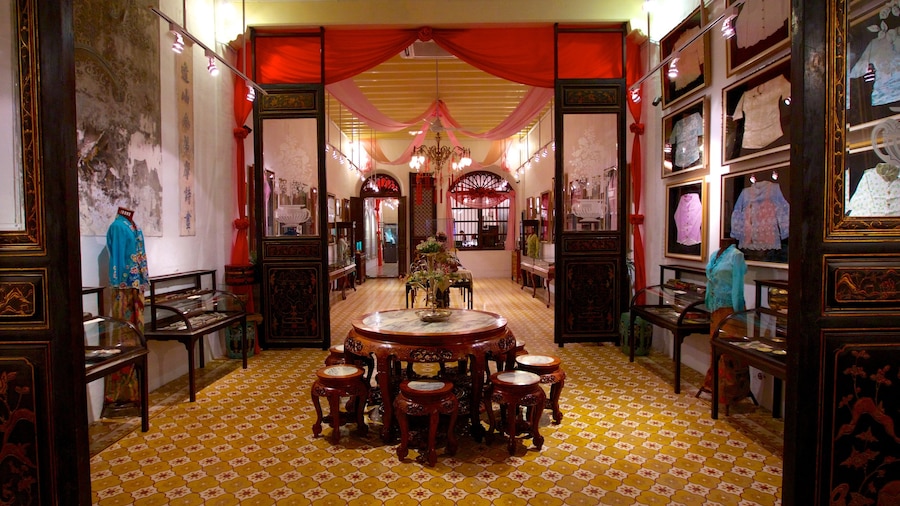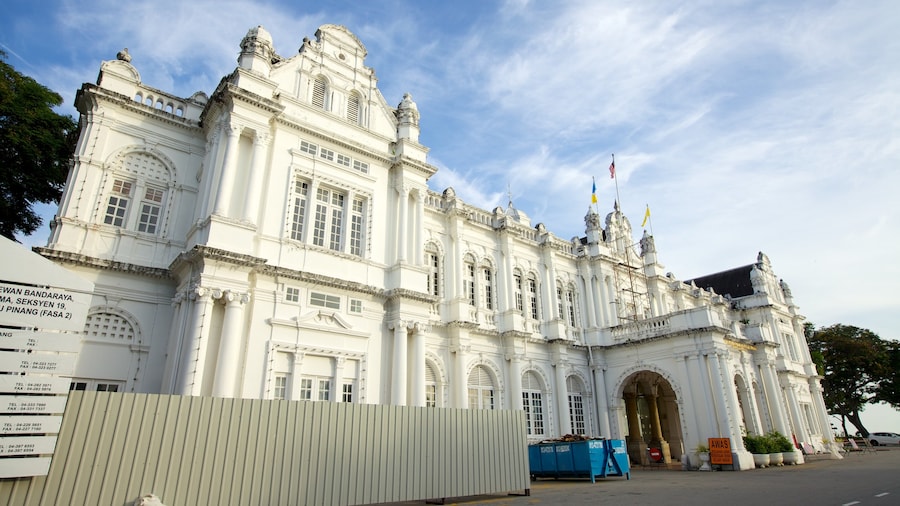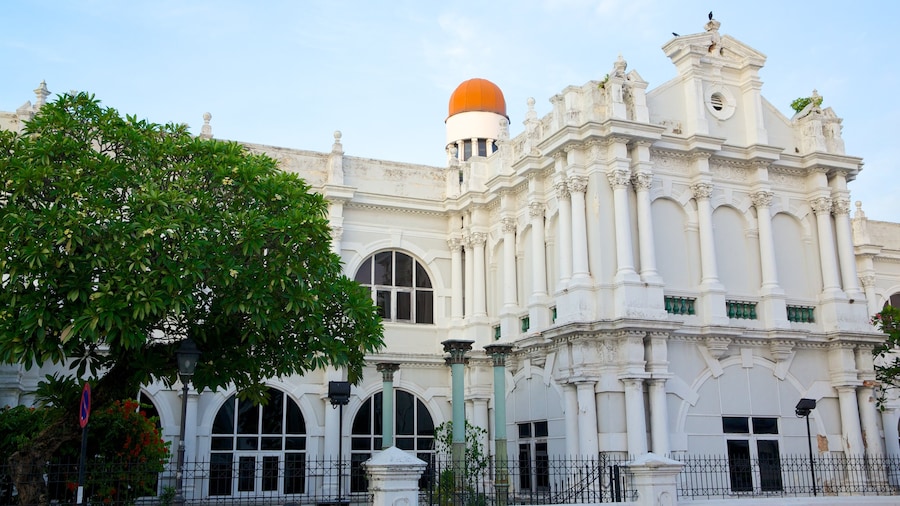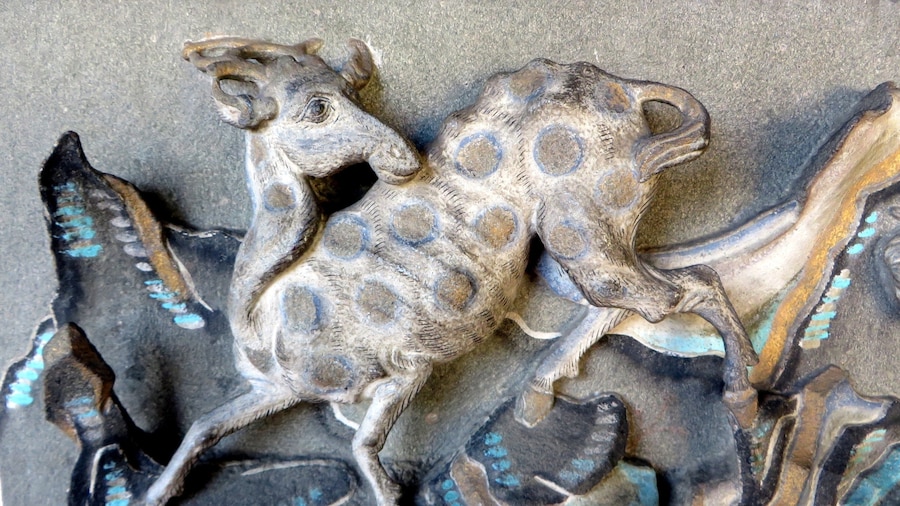Delve into Penang's colonial past in the largest and one of the oldest forts in Malaysia.
Overlooking the sea, Fort Cornwallis gives a glimpse into life for British governors and civil servants based in Malaysia during colonial times (early 1800s). Walk into the past with original colonial structures, artifacts and guides decked out in red colonial soldier outfits.
Greeting visitors at the fort entrance is a grandiose statue of Sir Francis Light, who commissioned the building of the fort in 1786 to protect the British trade route from foreign military forces and pirates. Originally built from palm trunks, the fort was replaced with a sturdier star-shaped, stone and brick structure in 1810.
Fort Cornwallis never witnessed any battles and much of its structure remains intact, making it an interesting stroll for history fans. Duck into the gunpowder magazine, see the first Christian chapel in Penang, and go behind bars at the small jail cell to have your photo taken, complete with the prisoner's cell number.
One of the highlights of the fort is the Seri Rambai Cannon, the largest of Fort Cornwallis’ 17 cannons. Originally a gift from the Dutch to the Sultan of Johor in 1606, the Sri Rambai follows an eventful history of Portuguese and British ownership. Curiously, the historic cannon is locally believed to relieve infertile women of their plight. Peek into the barrel to find flowers dedicated by women hoping to increase their chances of conceiving.
A casual walk around the fort can be easily completed in less than an hour, but for a more insightful visit, you can opt for a tour with a knowledgeable guide for a small fee. Souvenirs and light refreshments are available at the kiosk near the entrance.
Fort Cornwallis is located in Georgetown, easily accessible by public transportation and close to the Victoria Memorial Clock on the Esplanade. Open daily, the fort charges a nominal fee for entry.




